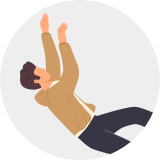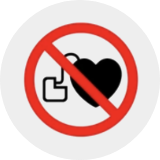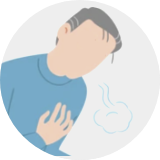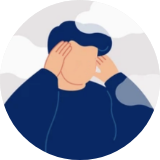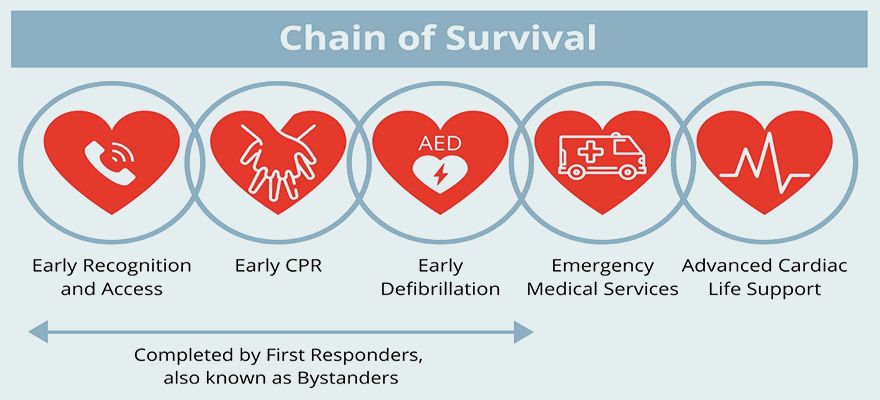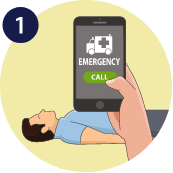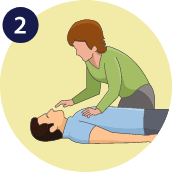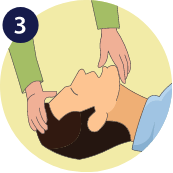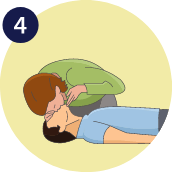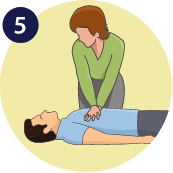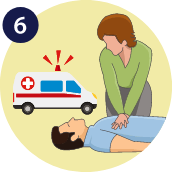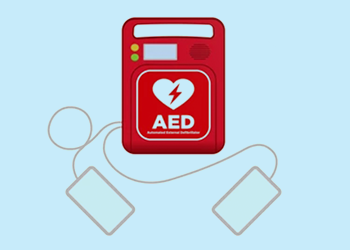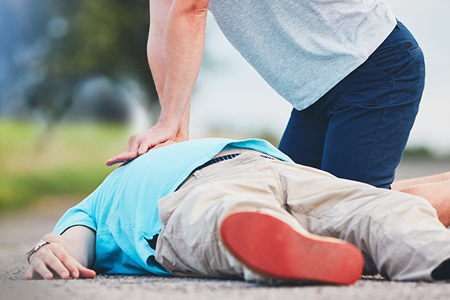
AEDs are used to revive someone from Sudden Cardiac Arrest
Treatment Options for Sudden Cardiac Arrest
09 JUN 2023
Approximately 7 lakh Indians die from cardiac arrest each year.
What is a Sudden Cardiac Arrest?
Sudden cardiac arrest (SCA) is an electrical issue with the heart that causes a dangerously rapid heart rate (ventricular tachycardia) or an irregular rhythm (ventricular fibrillation). SCA can be lethal if not addressed promptly. Approximately 95% of persons who have an out-of-hospital cardiac arrest and are not treated with defibrillation within 10 minutes will die.
Symptoms
Signs of sudden cardiac arrest are immediate and drastic and include:
Sudden collapse
No Pulse
No Breathing
Loss of consciousness
Quick Action Saves Lives
If more individuals act and know what to do in the event of an SCA, survival rates might double or triple. The essential steps for helping a cardiac arrest victim are illustrated in a system called the “Chain of Survival.” The five rings in this chain are:
Do your part by completing the first 3 rings of the chain.
1st Ring
Call emergency medical help.
2nd Ring
Perform cardiopulmonary resuscitation (CPR)
Quickly check the person’s breathing. If the person is not breathing normally, begin CPR. Push hard and fast on the person’s chest — at the rate of 100 to 120 compressions a minute. If you have been trained in CPR, check the person’s airway, and deliver rescue breaths after every 30 compressions. If you have not been trained, just continue chest compressions. Allow the chest to rise completely between compressions. Keep doing this until a portable defibrillator is available or emergency workers arrive.
Call emergency number
Check vital Signs
Lift chin check breathing
Check rescue breaths
Perform CPR
Repeat step 4 to 5 until
help arrives
3rd Ring
Use an automated external defibrillator (AED) if one is available to deliver an electrical shock
Treating Sudden Cardiac Arrest with Defibrillation
Defibrillation is the most effective treatment for SCA. It entails giving an electrical shock to your heart to restore regular beating. AEDs (Automated External Defibrillators) and ICDs (Implantable cardioverter defibrillators) are the two types of devices that may give these electrical shocks.
Automated external defibrillator (AED)
An AED is a portable device used by emergency response teams or the public to shock the heart, allowing the heart to restore normal electrical activity and effective beating.
Implantable cardioverter-defibrillator (ICD)
An ICD is likely to be indicated for long-term therapy of irregular rhythms and SCA prevention. The tiny, battery-powered gadget is surgically implanted beneath the collarbone. One or more thin wires (leads) from the ICD go via the veins to the heart. The device continually monitors the cardiac rhythm to adjust the heart rate whenever an abnormal rhythm is detected. It can provide either high-energy shocks or low-energy, painless pacing stimulation to stop a dangerously rapid heart rhythm.
4th Ring
Emergency Medical Services (Ambulance)
Rapid arrival at the scene and transfer to the hospital improve the casualty’s chances of survival. The team will concentrate on conducting quality, continuous chest compressions with regulated breathing, which will increase the victim’s chances of survival.
5th Ring
Advanced Cardiac Life Support
At the hospital, medical staff will give advanced cardiac life support. The first four rings will buy the victim time to obtain advanced care.
References:
1. https://www.ncbi.nlm.nih.gov/pmc/articles/PMC4237295
2. https://cpr.heart.org/en/resources/cpr-facts-and-stats
3. https://www.mayoclinic.org/diseases-conditions/sudden-cardiac-arrest/diagnosis-treatment/drc-20350640
4. https://www.myheart.org.sg/health/heart-conditions/sudden-cardiac-arrest
Disclaimer: The information presented by Boston Scientific India is for educational purposes only and does not recommend self-management of health issues. The information should not be treated as comprehensive and does not intend to provide diagnosis, treatment or any medical advice. Individual results may vary and hence, it is advisable to consult your doctor regarding any medical or health related diagnosis or treatment options.
CRM-1404001-AA
Related Articles
Tags
Cardiac arrest | CPR | AED | ICD

